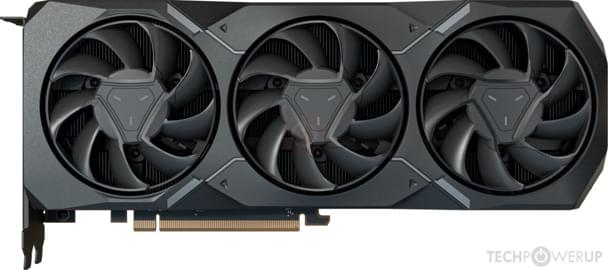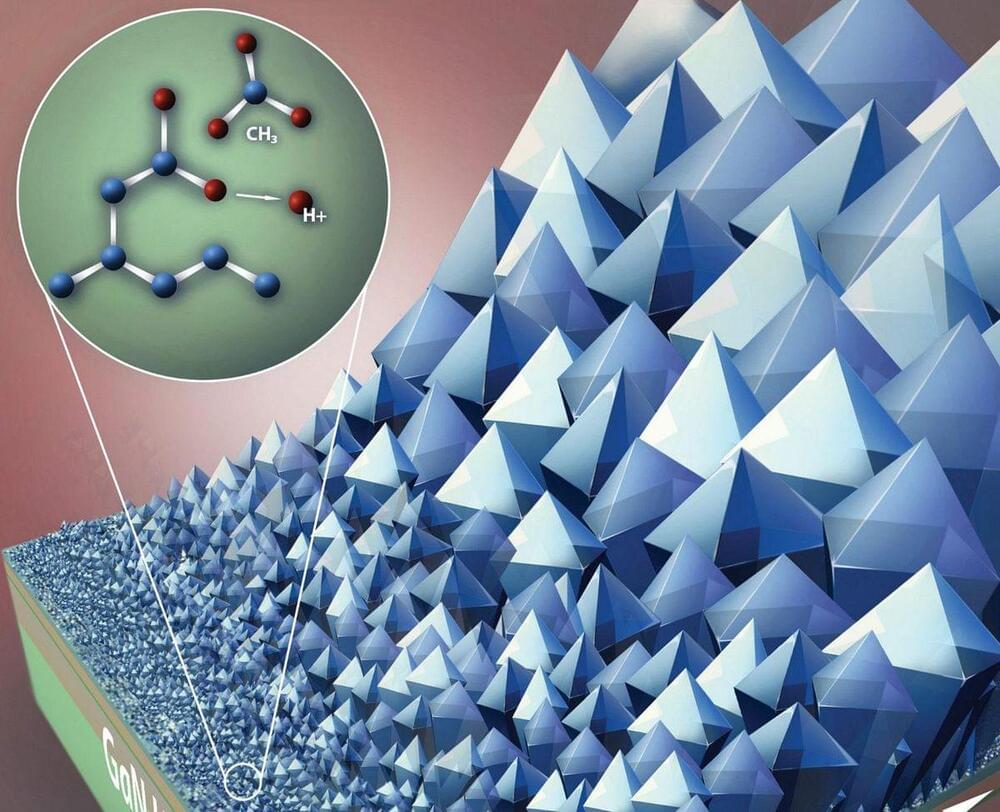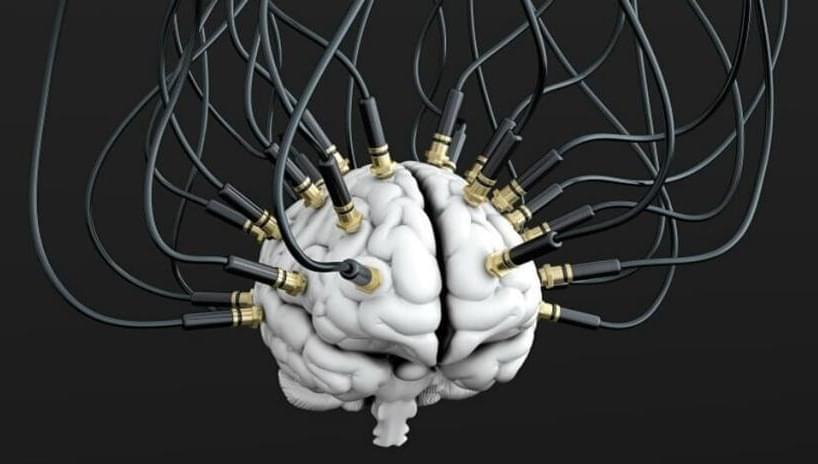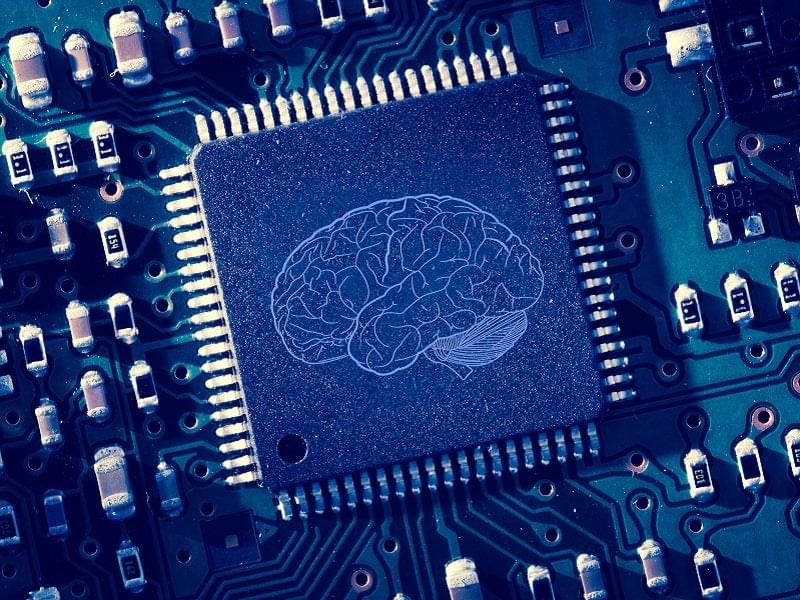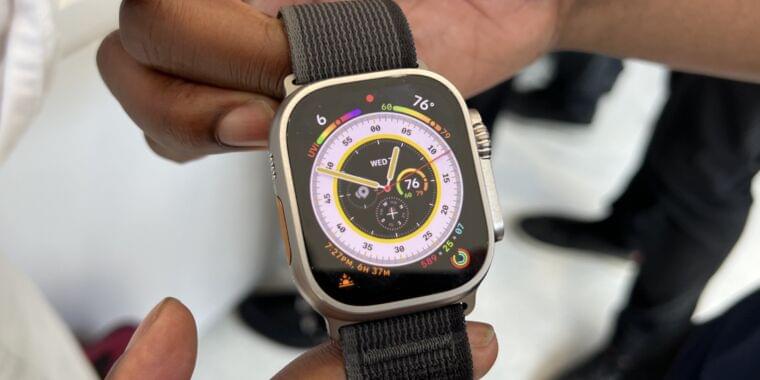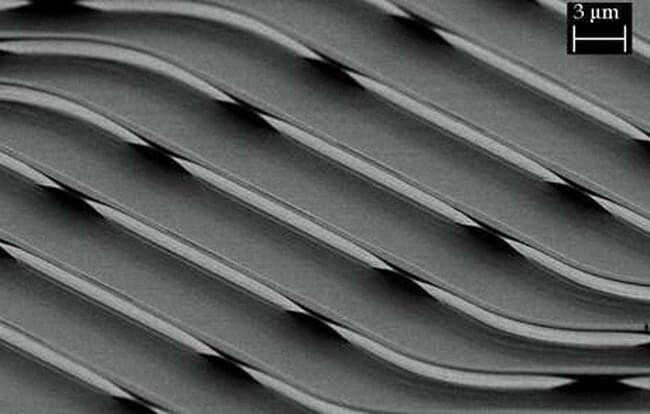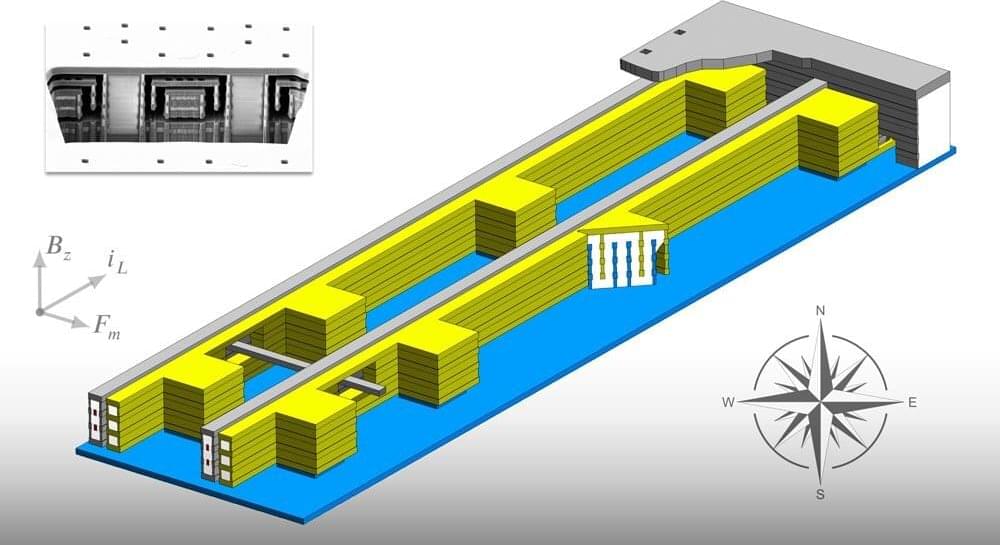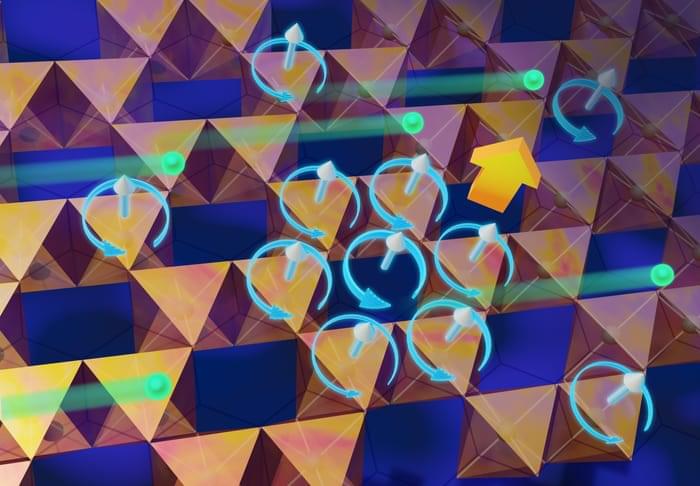Nov 29, 2022
AMD Radeon RX 7800 and RX 7700 graphics likely to rely on high clocks for performance
Posted by Quinn Sena in category: computing
An update for AMD’s ROCm general-purpose GPU software has reportedly revealed the specs for Navi 32 and Navi 33, (opens in new tab) the next graphics chips likely to be released in the RDNA 3 series, otherwise known as Radeon RX-7000 series. Exactly where the new chips will slot into AMD’s new Radeon RX 7000-series (opens in new tab) is the really big question.
Are these chips the basis of the upcoming Radeon RX 7,800 and 7,700 GPUs? Hold that thought while we consider the new information that’s emerged. Buried deep within an ROCm file called “performance.hpp” are references to both Navi 32 and Navi. But the really critical numbers listed in the file are 60 and 32, and we’re talking CUs or Compute Units. To make sense of those numbers, the Navi 31 chip inside the AMD Radeon RX 7,900 XT and XTX graphics cards runs 96 CUs.

